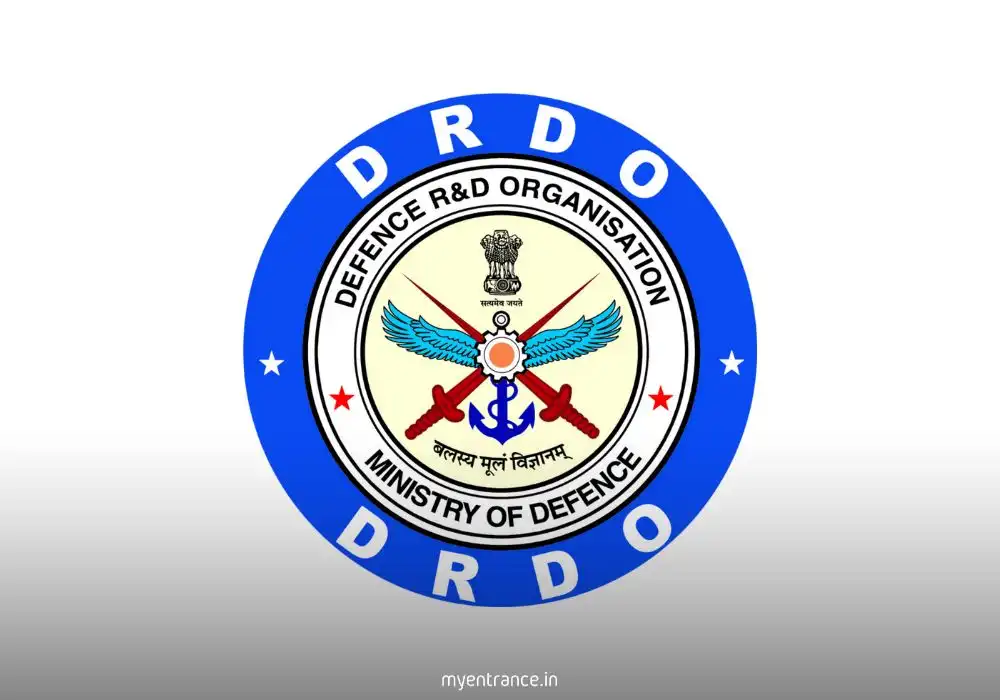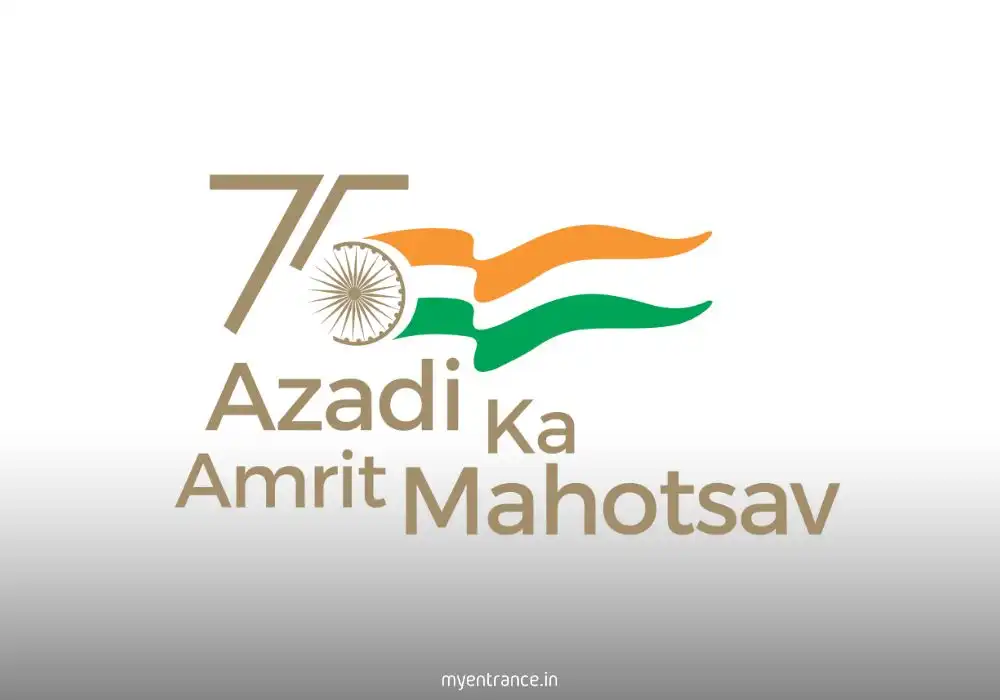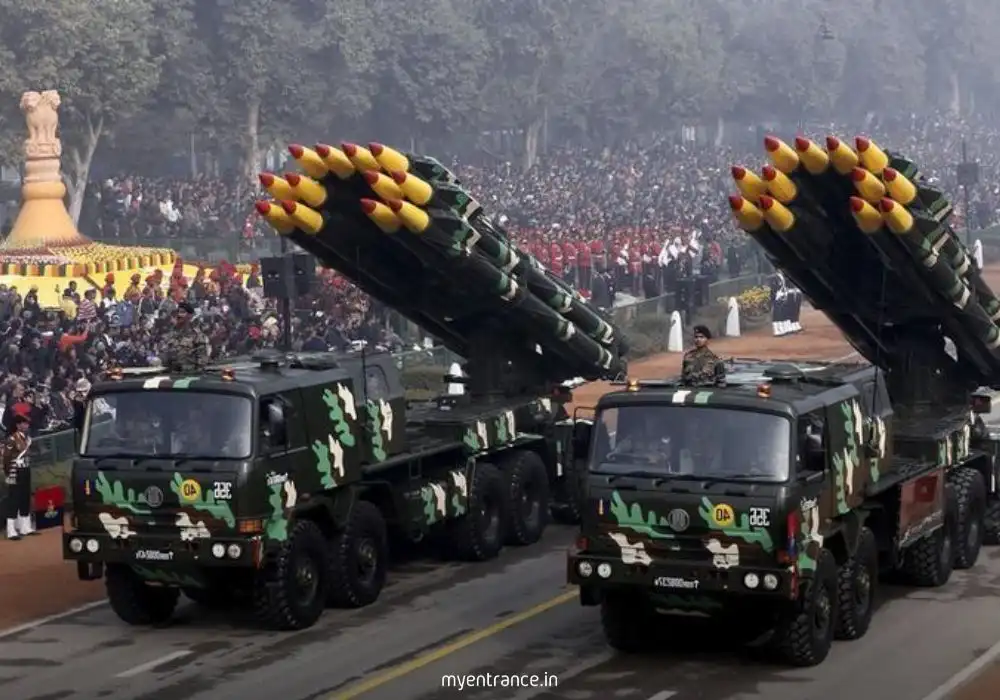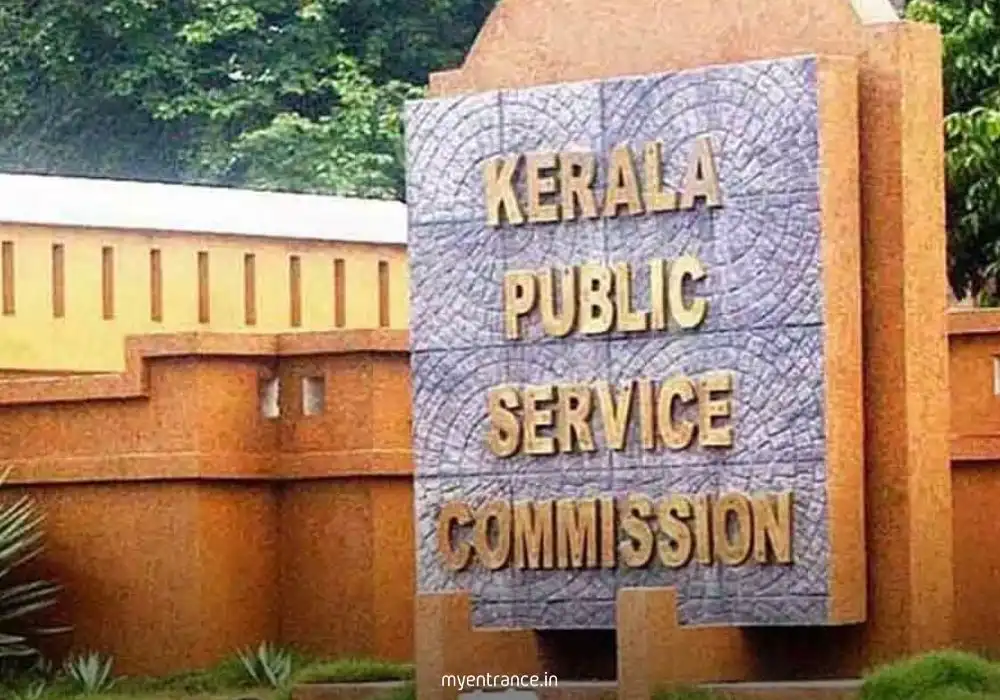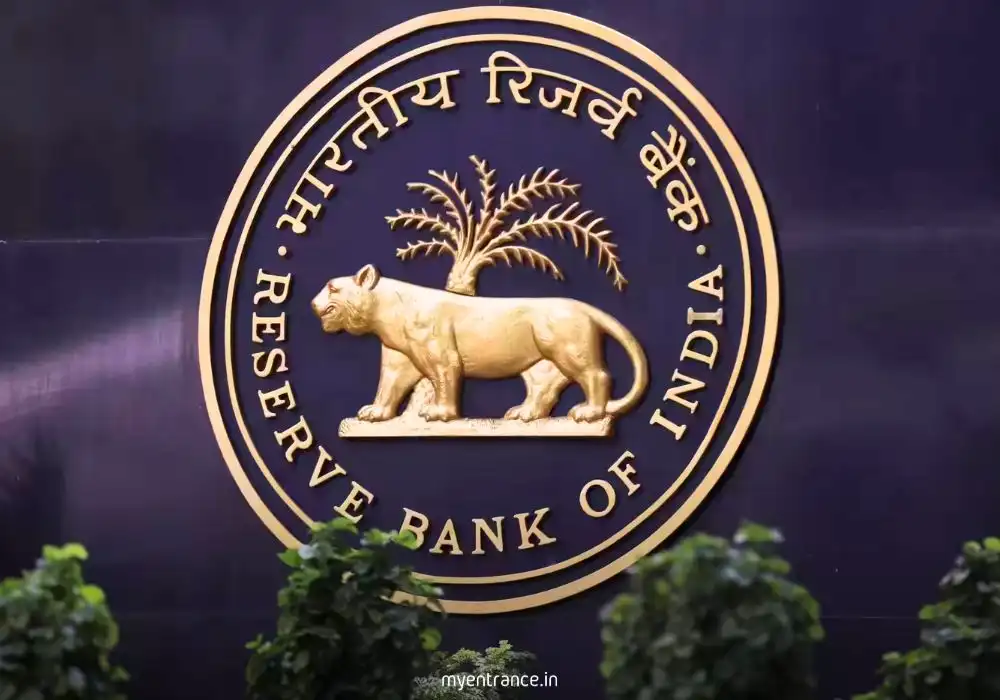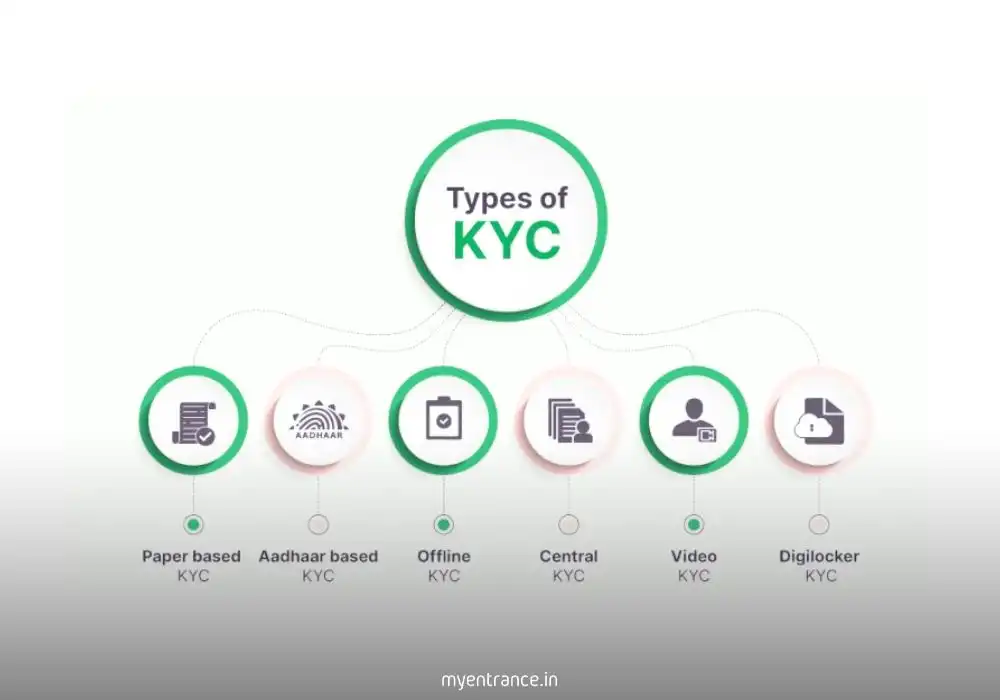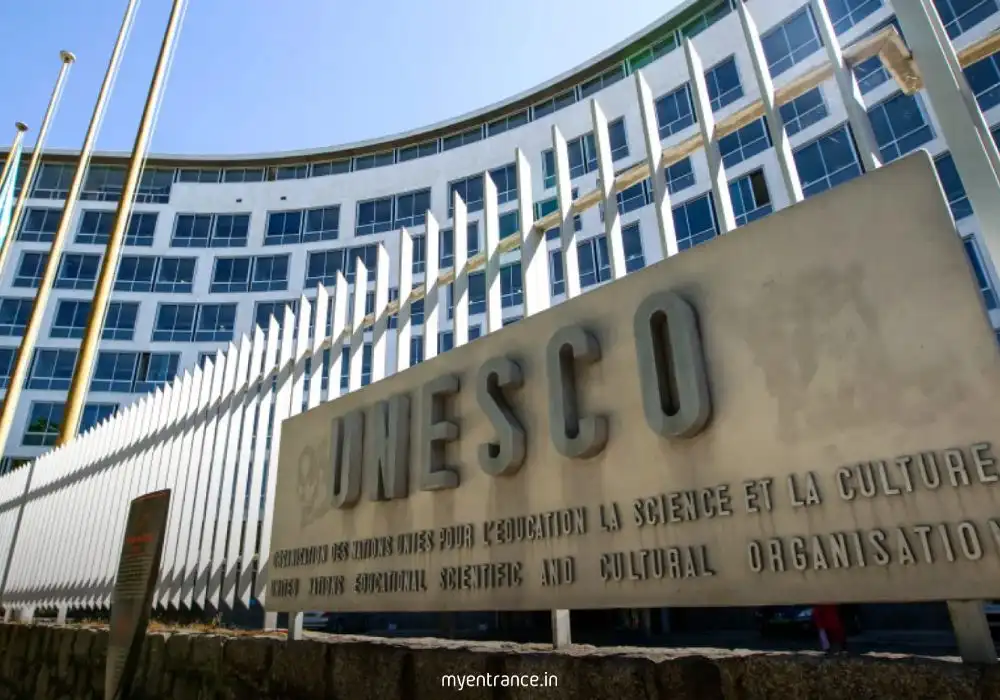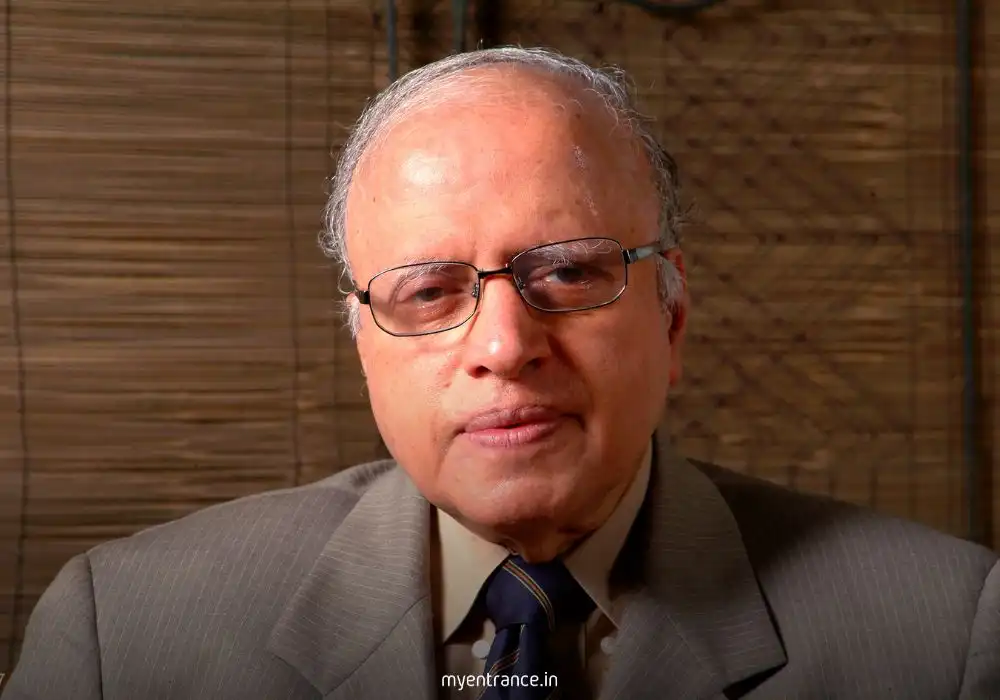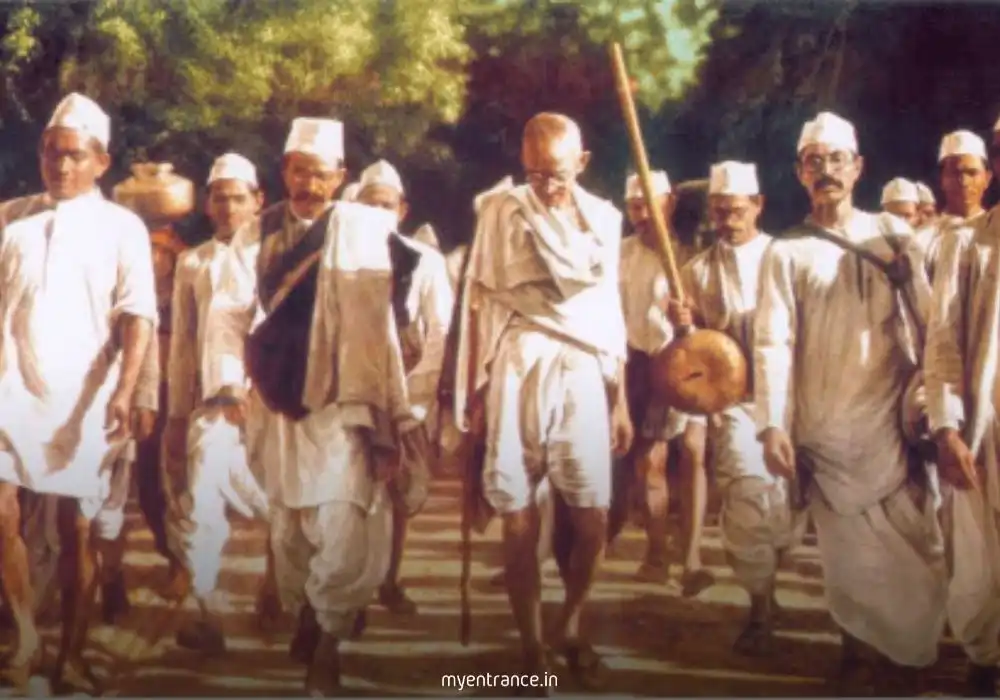Translate Language
Election Commission of India (ECI): Roles, Powers, and Functions
The Election Commission of India (ECI) is the cornerstone of India’s democratic framework. As an autonomous constitutional body, it ensures free, fair, and transparent elections across the country. Established on January 25, 1950, the ECI operates under Article 324 of the Indian Constitution, overseeing elections to Parliament, State Legislatures, and the offices of the President and Vice President.
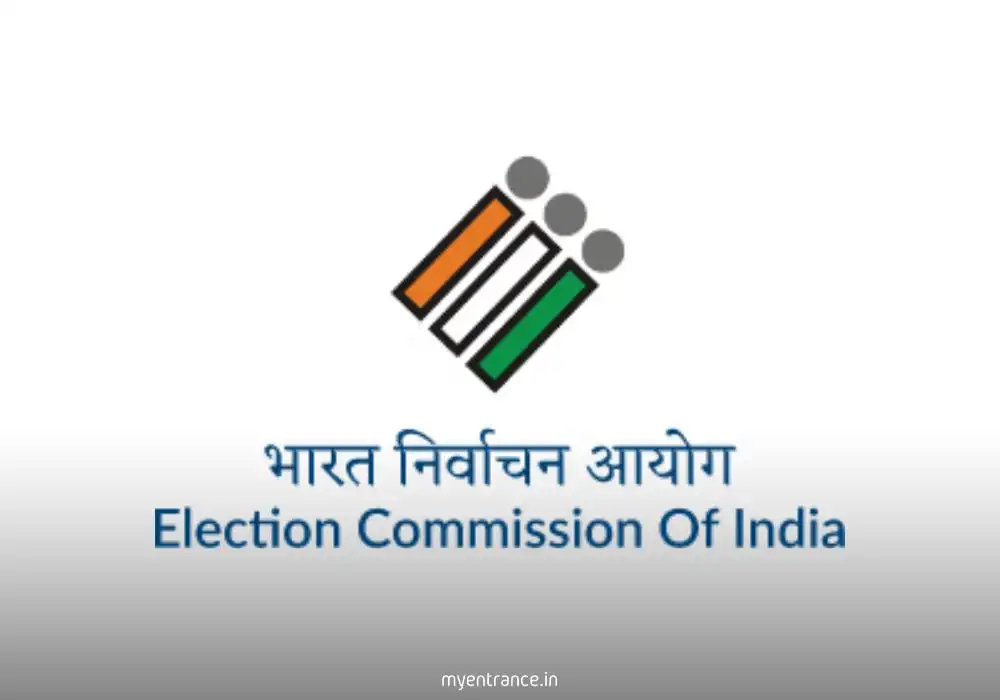
About the Election Commission of India (ECI)
Composition & Structure
Originally a single-member body, the ECI became a multi-member commission in 1989 after an amendment.
Currently, it consists of:
1 Chief Election Commissioner (CEC)
2 Election Commissioners
Appointment & Tenure:
All members are appointed by the President of India.
They serve a 6-year term or until the age of 65, whichever comes first.
Removal Process:
The CEC can only be removed through impeachment by Parliament (similar to a Supreme Court judge).
Other Election Commissioners can be removed by the President on the CEC’s recommendation.
Key Powers & Functions
The ECI plays a vital role in India’s electoral process with the following responsibilities:
✔ Conducting Elections
Prepares and updates electoral rolls.
Announces election schedules.
Oversees polling, counting, and result declaration.
✔ Enforcing the Model Code of Conduct (MCC)
Regulates political parties and candidates to ensure fair campaigning.
Prohibits bribery, hate speech, and misuse of government resources.
✔ Political Party Registration & Recognition
Registers political parties and allots election symbols.
Grants recognition as national or state parties based on electoral performance.
✔ Monitoring Election Expenditure
Ensures candidates do not exceed spending limits under the Representation of the People Act, 1951.
✔ Advisory & Quasi-Judicial Role
Advises the President and Governors on disqualification of MPs/MLAs.
Resolves disputes related to party recognition and election symbols.
Technological Advancements & Reforms
The ECI has introduced several innovations to enhance electoral transparency:
Electronic Voting Machines (EVMs) – Used since 1982, widely adopted by 2004.
Voter Verifiable Paper Audit Trail (VVPAT) – Ensures voting accuracy.
National Voter Services Portal (NVSP) – Allows online voter registration and electoral roll checks.
Mobile Apps – For voter services, complaints, and awareness campaigns.
Challenges & Criticisms
Despite its strong mandate, the ECI faces challenges such as:
Allegations of bias in enforcing election rules.
Delayed action on electoral violations.
Misuse of money and social media in elections.
To strengthen its autonomy, experts suggest:
Collegium-based appointments for Election Commissioners.
Legal enforcement of the Model Code of Conduct.
Greater financial independence.
Sample Questions & Answers for Competitive Exams
Q1. When was the Election Commission of India established?
✅ Answer: January 25, 1950.
Q2. Under which Article of the Constitution is the ECI constituted?
✅ Answer: Article 324.
Q3. How can the Chief Election Commissioner (CEC) be removed?
✅ Answer: Only through impeachment by Parliament (similar to a Supreme Court judge).
Q4. What is the role of the Model Code of Conduct (MCC)?
✅ Answer: It ensures fair campaigning by regulating political parties and candidates.
Q5. Which technology was introduced to enhance voting transparency alongside EVMs?
✅ Answer: Voter Verifiable Paper Audit Trail (VVPAT).
Conclusion
The Election Commission of India is the backbone of Indian democracy, ensuring credible and unbiased elections. For competitive exam aspirants, understanding its structure, powers, and challenges is essential. Stay updated with MyEntrance.in for more current affairs, mock tests, and daily quizzes to ace your exams!
Get 3 Months Free Access for SSC, PSC, NIFT & NID
Boost your exam prep!
Use offer code WELCOME28 to get 3 months free subscription. Start preparing today!
